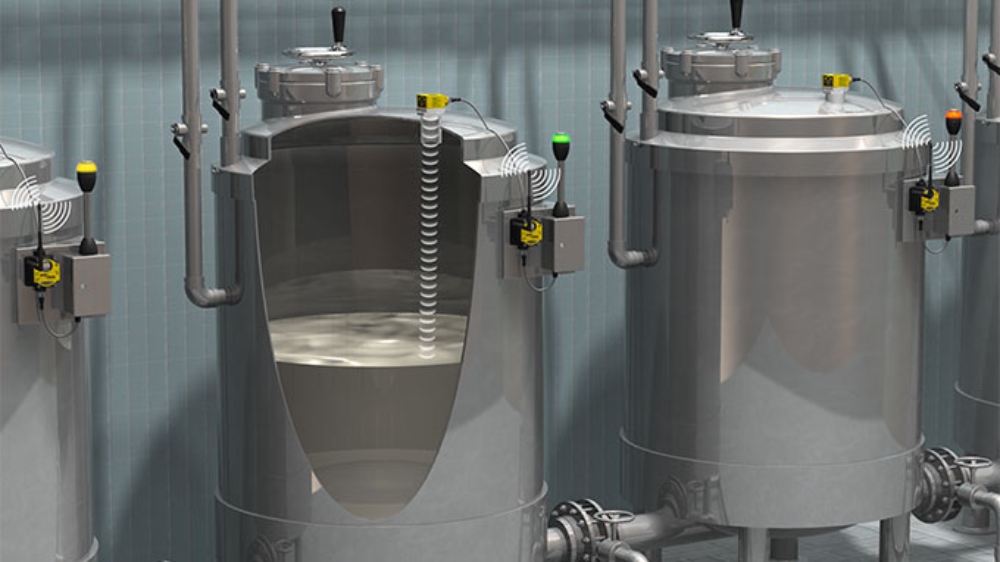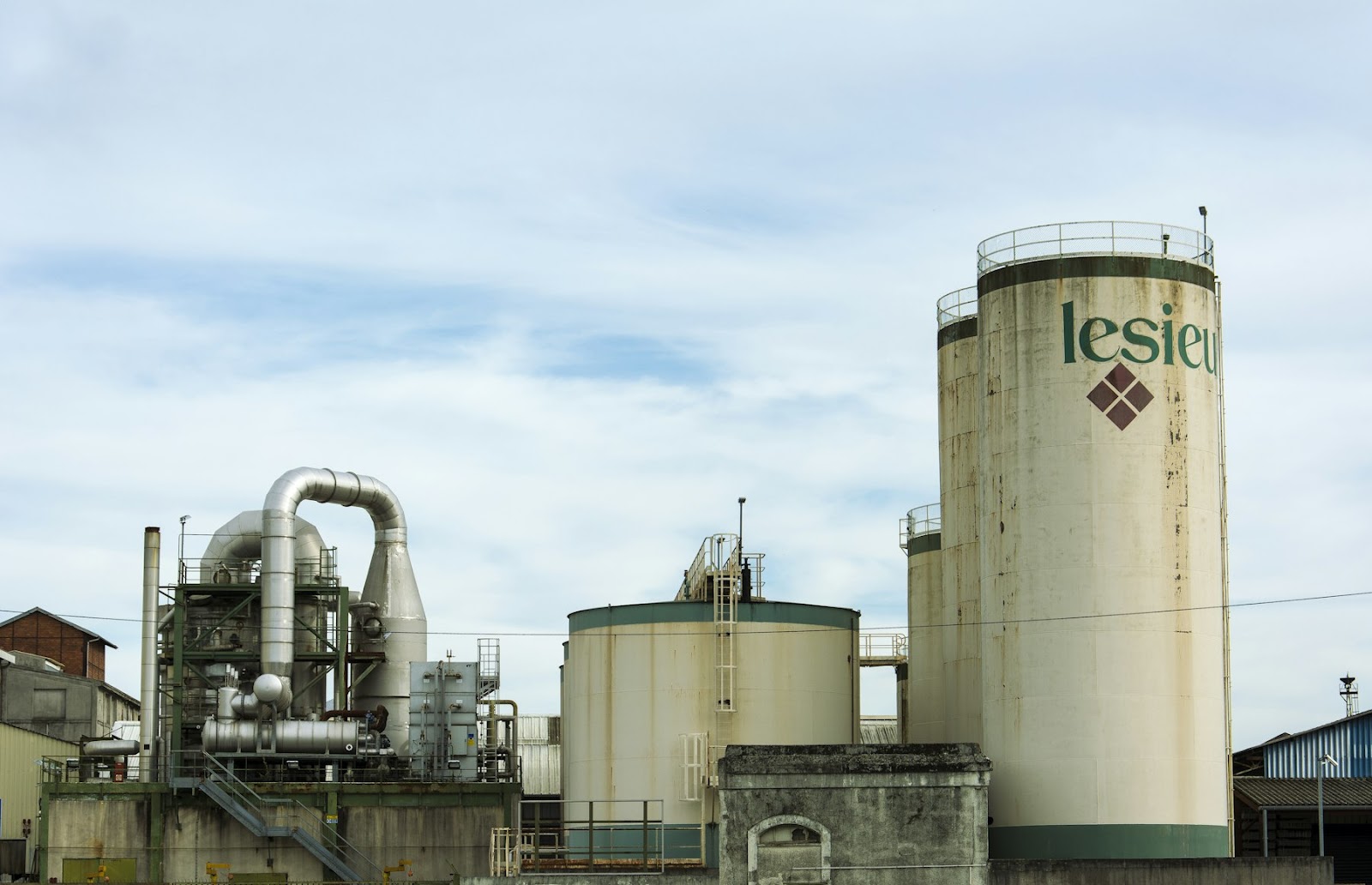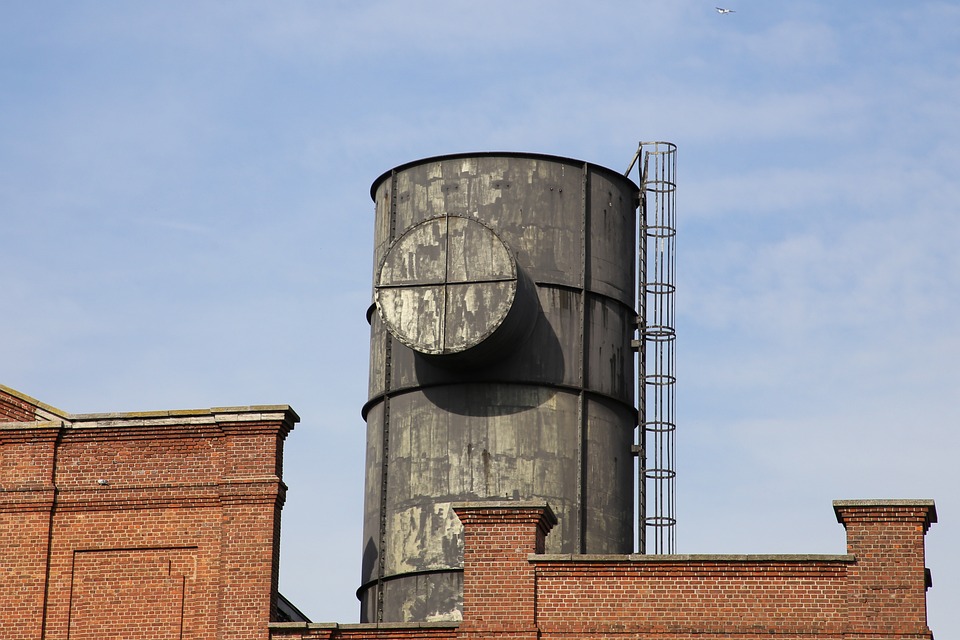Comments
- No comments found

Understanding the intricacies of liquid-level monitoring systems is critical for ensuring the safety and efficiency of many industrial processes.
These systems play a crucial role in industries ranging from pharmaceuticals to oil and gas. They help maintain optimal operating conditions and prevent hazardous incidents by providing real-time data on liquid levels within tanks, vessels, and pipelines. This guide will walk you through the fundamental components, principle operations, and the various technologies employed in liquid-level monitoring, allowing you to select and manage the most suitable system for your application with confidence and precision.

Liquid-level monitoring systems comprise several key components that work in unison to detect and relay information. Primary among these is the sensor, which comes in various types suited to different media and environmental conditions. Transducers and transmitters then convert the sensed measurements into readable data for monitoring.
Continuing with system components, controllers and indicators form the user interface of the monitoring system, allowing operators to set thresholds and receive alerts. These components are often connected to alarms and can trigger automated responses, such as the opening or closing of valves to maintain the desired liquid level within a tank or vessel. A liquid level gauge or meter provides a visual representation of the liquid level, aiding in quick and accurate assessment. It is often accompanied by a control panel, which allows for manual adjustments to the liquid level if necessary.
At the heart of a liquid-level monitoring system is the operational principle that guides its function. Many systems operate on the principle of hydrostatic pressure, where the pressure exerted by the liquid at a certain depth is translated into level measurement. This principle is reliable for static conditions and simple configurations.
Alternatively, the principle of floatation is often applied in systems where a buoyant object moves with the liquid’s surface, signaling level changes. This method provides a mechanical means of level detection and is typically used for simpler and cost-effective applications.
Float-based sensors are straightforward devices that rise and fall with the liquid level and are simple to install and maintain. They are ideal for non-corrosive, non-foaming liquids in open or vented containers. However, their physical movement can be a limitation in certain applications with space constraints or agitation.
On the more sophisticated end, radar level sensors use microwave radar pulses to measure levels without coming into contact with the liquid, making them suitable for aggressive or hazardous materials. These sensors operate with high precision and are unaffected by temperature, pressure, or gas layers above the liquid.
To ensure accuracy and longevity, calibration of liquid-level monitoring systems is essential. Calibration involves setting the system with known reference points to ensure data accuracy. This process should be conducted regularly and whenever there are changes in the operating environment or the characteristics of the monitored liquid.
Maintenance procedures, on the other hand, depend largely on the type of sensor and system in use. Non-contact sensors, like radar, require minimal maintenance but should be periodically checked for accuracy. In contrast, contact sensors may require more frequent cleaning and inspection to prevent issues like build-up or wear and tear from impacting performance.
Modern liquid-level monitoring systems offer advanced data management capabilities, allowing information to be logged, analyzed, and reported. This ability to gather and process data is crucial for predictive maintenance, process optimization, and regulatory compliance. Integration with other systems, like PLCs or DCS, enables a cohesive operation environment.
The integration aspect also involves ensuring data compatibility and secure data transfer channels. With the advent of the Internet of Things (IoT), many systems can now transmit data directly to cloud-based platforms for remote monitoring, paving the way for more streamlined and data-driven decision-making.
Selecting the appropriate liquid-level monitoring system involves considering many factors such as the nature of the liquid, the application’s environmental conditions, and the required level of precision. For volatile or hazardous liquids, non-contact sensors are preferred, whereas simple water storage might only require a basic float sensor.
The selection process is also guided by budget constraints and the complexity of the installation. It's critical to strike a balance between system sophistication and practical necessity – an over-engineered system may not offer additional benefits proportional to its cost, while an under-specified one could fail to provide necessary reliability or safety.

In conclusion, understanding the fundamentals, principles, and technologies behind liquid-level monitoring systems is key to selecting and managing these systems effectively. With advancements in sensor technology and data management capabilities, these systems are becoming more versatile and sophisticated, providing invaluable support to various industrial processes. As industries continue to evolve with advancing technology, it's vital to stay up-to-date with the latest developments in liquid-level monitoring systems to maintain operational efficiency and safety.
Leave your comments
Post comment as a guest